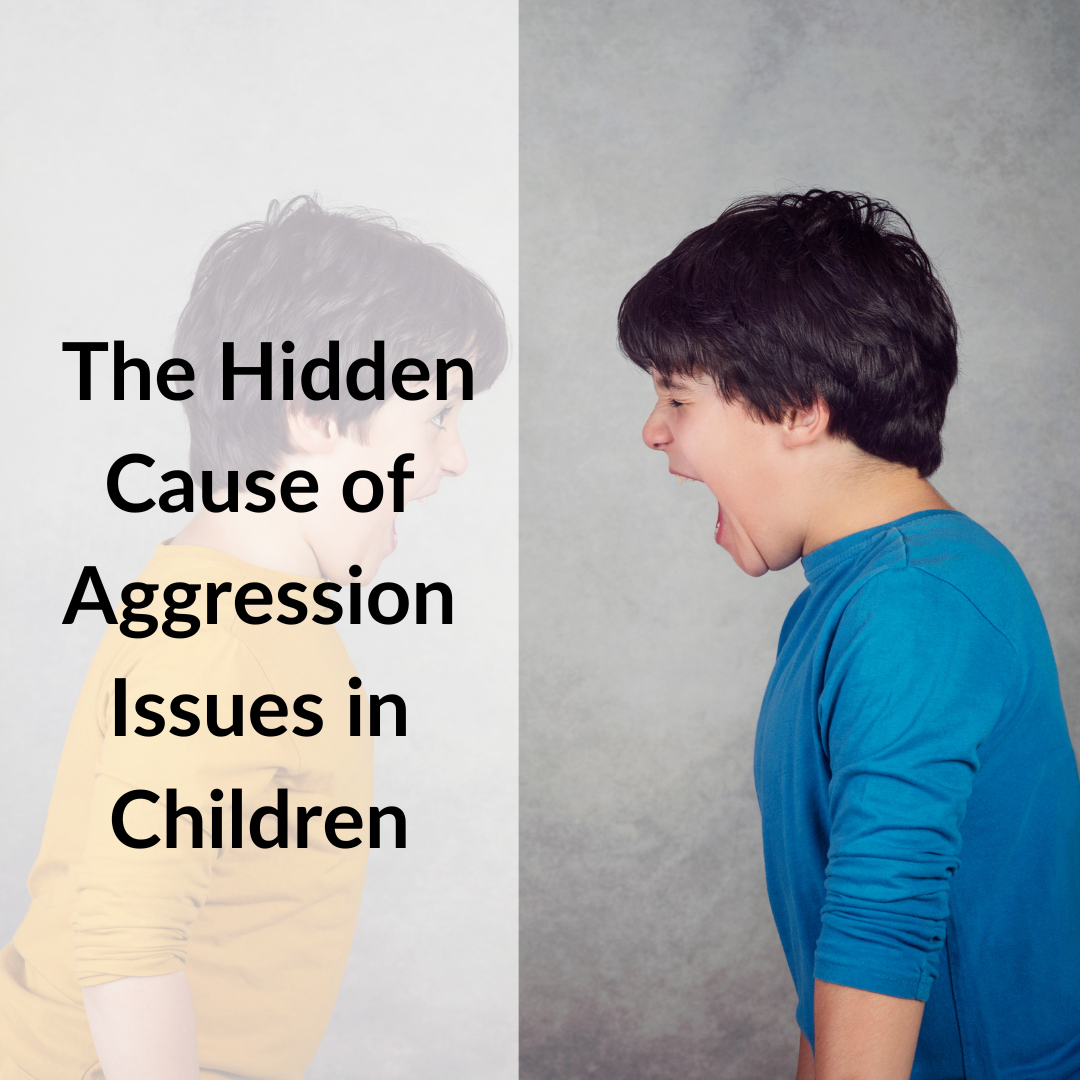By Shirley Sanguino
Ever wondered why there are children who display a calm demeanor and others who exhibit more aggression?
If so, have you taken the time to think of what has led this child to become this way? There are many contributors, such as health problems, family and home life, struggles at home, and traumatic events that can lead to aggression in children. Often, these traumatic events will stem from the 10 major adverse childhood experiences (ACEs), including the least known of them, childhood domestic violence (CDV).
What is Aggression and What Are Some Contributing Factors?
Aggression is defined as behavior that can cause injury to oneself or another. It may also be accompanied by frustration, irritability, and anger. Yale Medicine states that some common underlying medical causes for aggression in children are attention deficit and hyperactivity disorder (ADHD), Tourette’s, autism, and obsessive-compulsive disorder.
Nature, or biological factors, as well as nurture, meaning the environment, are contributors to the development of aggression in children. Exposure to trauma, a disruptive home life, or harsh parenting (called authoritarian parenting), increase the likelihood of aggression. Research has found that children exposed to the following a list of factors, have a higher chance of becoming violent or aggressive:
- Victim of physical or sexual abuse
- Exposure to violence in the home or in the community
- Exposure to violence in the media
- Being a victim of bullying
- Weapons in the home
- Socioeconomic factors, such as divorce, poverty, or having a single parent
The Signs of Aggression in Children
Children who have been impacted by trauma display different signs, such as inability to self-regulate, negative thinking, hypervigilance, and more. For example, children exposed to trauma may have difficulty connecting with peers or adults in their lives, such as teachers. Without knowing how to properly seek help, children may misbehave which is often met with discipline at school.
Hypervigilance is a chronic symptom of growing up with domestic violence especially. Psychiatrist Sonja Lyubomirksy explains: “In a home full of pain, quarreling, or coldness, children are chronically stressed and on guard” (from Invincible). Aggression masks fear.
As previously mentioned, children may also have trouble with self-regulation – meaning controlling their big emotions, which can then cause them to lash out when they are feeling angry or upset. This goes hand in hand with negative self-thoughts, meaning that children may think of themselves as a bad kid, so why would they improve? This thinking exacerbates the continued cycle of aggression.
Prevention and Protective Factors
If a child is showing these symptoms, or if there are certain risk factors that may be of concern, there are some methods to prevent or to help mitigate the aggression. Prevention includes being understanding, having clear expectations for behavior, praising positive behavior, becoming aware of triggers, and helping build social skills.
Do you know a child that lashes out and shows signs of aggressive behavior? Do you know if this child is living with domestic violence, facing neglect, abuse or seeing the violence within the home? Change A Life can help you prepare to step into the life of one of these children.
Just as it is helpful to be aware of risk factors, protective factors are also important. These include promoting empathy, providing appropriate parental supervision, being comforting and supportive, and participating in extracurricular activities.

